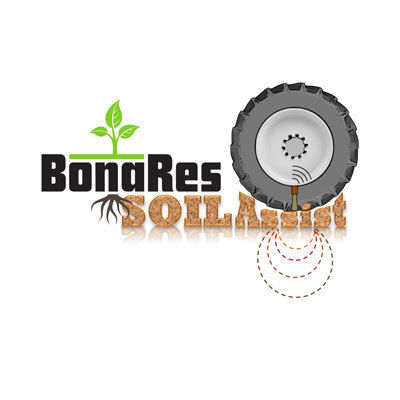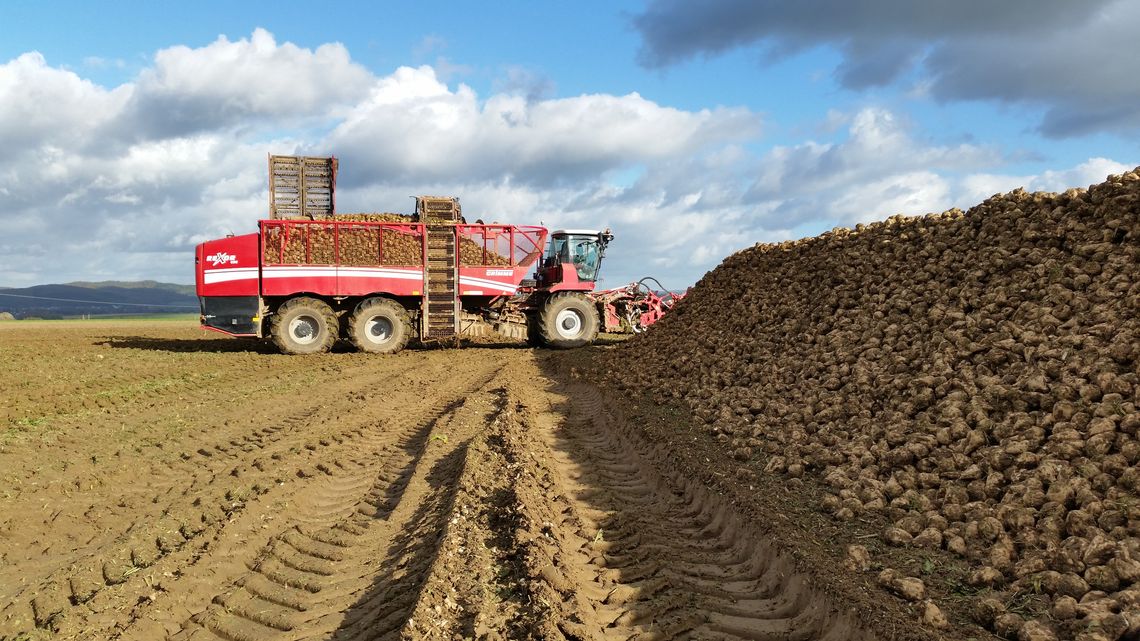Duration:
From Jul 1, 2015 until Jan 31, 2025
Target Groups:
soil research community,
wider research community,
policy makers,
agricultural extensionists,
education
About the Project:
How can soil protection be optimized when driving on arable land? What tools does farmers need to plan and implement sustainable soil management strategies? On-farm research on farms in the SOILAssist consortium with the latest agricultural technology and innovative methods answers these questions.
People and Partners
Project Leaders
Partner Organizations
Contacts
News
- New web application "verfügbare Feldarbeitstage - Mähdrusch (available field days – combine harvesting)"
- BonaRes/Rhizo4Bio Status Seminar on 14/15 March 2022
- Wheel Load and Wheel Pass Frequency as Indicators for Soil Compaction Risk: A Four-Year Analysis of Traffic Intensity at Field Scale
- A model for automated spatial analyses of wheel load, soil stress and wheel pass frequency at field scale
- Comparing soil physical properties from continuous conventional tillage with long-term reduced tillage affected by one-time inversion
Publications
- Modeling of Field Traffic Intensity and Soil Compaction Risks in Agricultural Landscapes
- Are compacted tramlines underestimated features in soil erosion modeling? A catchment‐scale analysis using a process‐based soil erosion model
- Perception of the Relevance of Soil Compaction and Application of Measures to Prevent It among German Farmers
- Overview of a route-planning tool for capacitated field processes in arable farming
- Soil Penetration Resistance after One-Time Inversion Tillage: A Spatio-Temporal Analysis at the Field Scale

